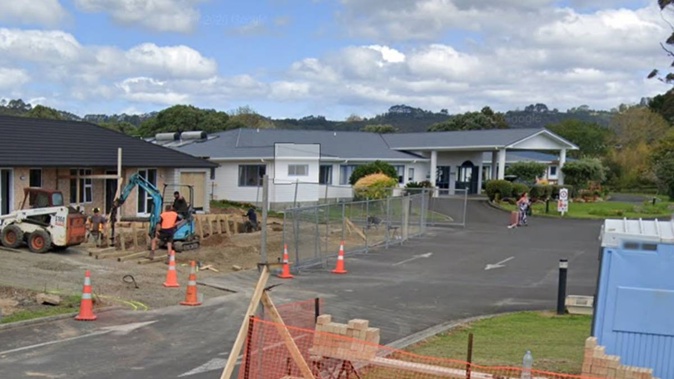
The deaths of six residents in a Coromandel rest home highlights how “devastating” influenza outbreaks can be in aged care facilities — and why vigilance is always needed to keep the virus out of them, a top epidemiologist says.
The six deaths occurred within two weeks after the virus — identified as influenza A — was first detected at Whitianga Care Centre and Village, on January 28.
Anita Hawthorne, group general manager for sales and services with facility owner Oceania Healthcare, said procedures were in place for such outbreaks.
The centre had worked closely with Te Whatu Ora and followed all infection control procedures, she said, including deep cleaning, isolating those with symptoms and wearing full PPE.
An Oceanic spokesperson told Coromandel’s CFM that six of 44 residents had died with flu symptoms during the period, while many staff, too, had contracted the virus.
Otago University epidemiologist Professor Michael Baker said the tragic case showed the risk influenza posed to such environments, even outside flu season.
“Once the virus gets into that environment, there will often be fatalities — that’s just because of the nature of the vulnerable population there, but also the living environment,” he said.
“The big message is that people who have symptoms should not go to rest homes because once the virus is in there, it’s very hard to contain.”
Though Covid-19 had now become New Zealand’s No 1 infectious-disease killer, flu remained a major burden — accounting for about 2 per cent of deaths annually.
After sweeping back into the country in 2022 to cause the biggest peak in cases observed in a decade, last year’s flu season was marked by its consistent activity and earlier kick-off.
That was partly due to the return of two strains that had been largely absent since before the pandemic: influenza B and A(H1N1) or “swine flu”, which were known to hit children and the elderly hard respectively.
ESR surveillance showed that, as of mid-December, influenza A accounted for about half of positive flu samples analysed by labs — with more than 3000 of those confirmed as A(H1N1).
However, there weren’t any indications that New Zealand was experiencing a summer surge in flu in tandem with a gradually receding Covid-19 wave.
Royal New Zealand College of General Practitioners medical director Dr Luke Bradford said GP clinics were seeing a traditionally lower level of flu cases right now.
“The Whitianga outbreak is just a reminder that the flu never leaves completely — it just goes through waves where it becomes more prevalent.”
Jamie Morton is a specialist in science and environmental reporting. He joined the Herald in 2011 and writes about everything from conservation and climate change to natural hazards and new technology.
Take your Radio, Podcasts and Music with you









